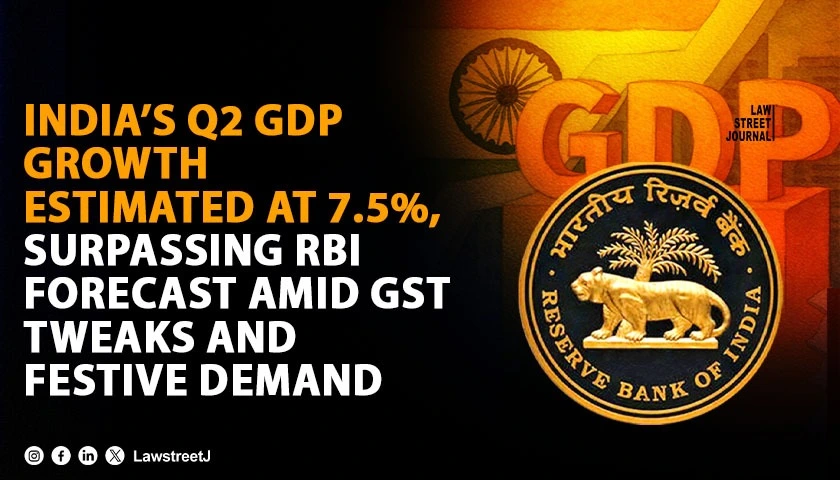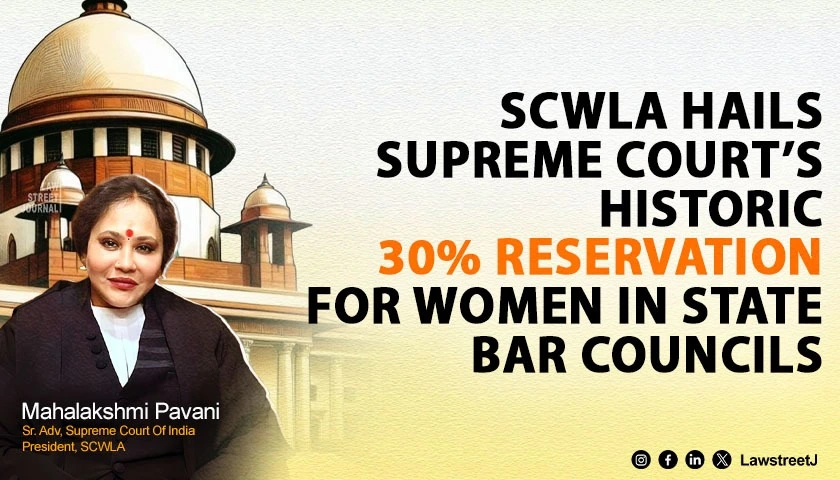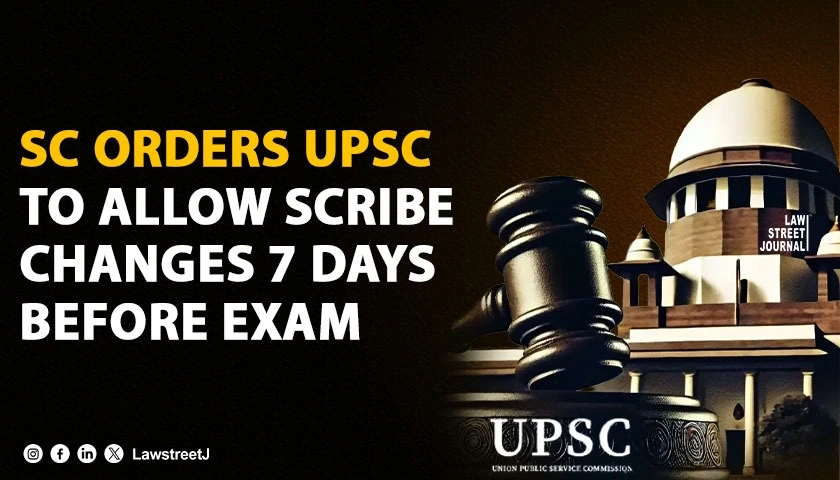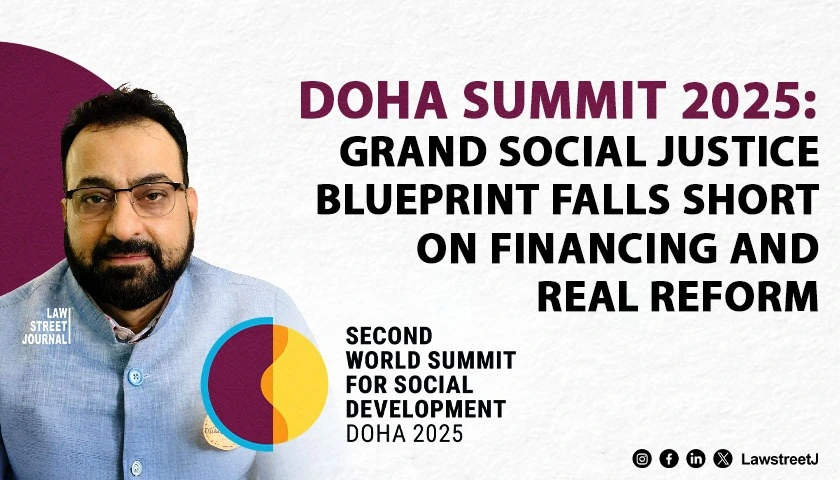New Delhi: India’s economy is estimated to have expanded by 7.5% or more in the second quarter of FY26, according to an assessment released by the State Bank of India’s Economic Research Department on November 18, 2025. The figure exceeds the Reserve Bank of India’s earlier projection of 7% for the July–September period and signals stronger-than-expected momentum during the festive quarter. The report attributes the higher growth estimate to two principal drivers: a surge in consumption leading up to the festive season and the recent rationalisation of Goods and Services Tax (GST) rates on a set of consumer goods. Investment activity across infrastructure, manufacturing, and allied sectors also contributed meaningfully to the overall expansion.
Impact of GST Adjustments and Festive Purchases
According to the SBI analysis, the GST rate changes announced ahead of the festive months improved market sentiment and lowered the cost of several widely consumed items, contributing to increased demand across both rural and urban regions. Using its nowcast model, the bank assessed a range of economic indicators and found that approximately 83% showed acceleration in Q2, compared with 70% in the previous quarter.
The consumption boost was visible across several categories:
- Retail sales of consumer durables and electronics increased as households advanced purchases during discount periods.
- Automobile sales rose—mainly in two-wheelers and entry-level passenger vehicles—suggesting a broad-based recovery in discretionary spending.
- Textiles and apparel recorded a seasonal rise in demand, supported by GST adjustments and festive buying patterns.
The period also saw an uptick in digital transactions, supported by payment platforms and bank-led initiatives that continued to expand financial access. According to the report, these trends reflect a shift in consumer behaviour and a stronger response to the seasonal cycle of demand. The GST changes, combined with festive spending, are assessed to have played a substantial role in lifting the quarter’s growth.
Investment Trends Strengthen Output Across Sectors
While consumption remained a key driver, investment activity also strengthened during the quarter. The SBI report highlights an increase in capital expenditure by the central government as well as several states, particularly in the infrastructure sector. At the same time, private investment gained traction in logistics, renewable energy, industrial parks, and allied industries.
Key sectoral developments during the quarter include:
- Manufacturing: Output expanded due to improved capacity utilisation and steady export orders. Several manufacturing hubs reported higher production levels than in the previous quarter.
- Services: Growth remained strong, led by financial services, real estate activity, hospitality, and related segments that benefited from improved consumer mobility.
- Agriculture: Favourable monsoon patterns and higher procurement levels contributed to rural income stability and supported agriculture-driven demand.
The report also observed that ongoing structural reforms, including Production Linked Incentive (PLI) schemes, continued to influence output in sectors such as electronics, pharmaceuticals, and textiles. These schemes, designed to promote domestic manufacturing, have begun to show measurable gains in several categories of industrial production.
The SBI estimate differs from the RBI’s earlier projection of 7% for Q2. The central bank had cited global uncertainties, moderate domestic recovery, and commodity price trends as reasons for maintaining a conservative outlook. The SBI’s update incorporates real-time indicator assessments and sector-level data that emerged through the quarter.
The GST rate rationalisation referenced in the report was carried out under the Central Goods and Services Tax Act, 2017. Decisions were made through the GST Council, which includes representatives of both the central and state governments. The Council’s approval is required for any modification in tax rates.
Fiscal policy continues to be guided by the Fiscal Responsibility and Budget Management (FRBM) Act, under which the government is obligated to maintain a defined path for expenditure and borrowing. Despite higher capital outlays, the government has reiterated its adherence to deficit targets laid out under the FRBM framework.
The Monetary Policy Committee (MPC) of the RBI, which sets the policy interest rate, is expected to take note of the revised growth estimate during its upcoming meeting. The figure may influence the committee’s assessment of inflation and demand conditions, although the SBI report does not indicate any policy expectations for subsequent quarters.
Although the SBI analysis does not predict outcomes for the remaining quarters of FY26, it notes that the Q2 performance could help reinforce overall economic stability if investment activity continues and consumption remains steady. The official GDP data for the July–September quarter will be released by the Ministry of Statistics and Programme Implementation (MoSPI) in early December 2025.
The report positions Q2 FY26 as a period shaped by tax simplification, improved demand cycles, and sector-level resilience. With the festive season and GST adjustments jointly influencing the results, the quarter marks another phase in India’s post-pandemic recovery trajectory.









